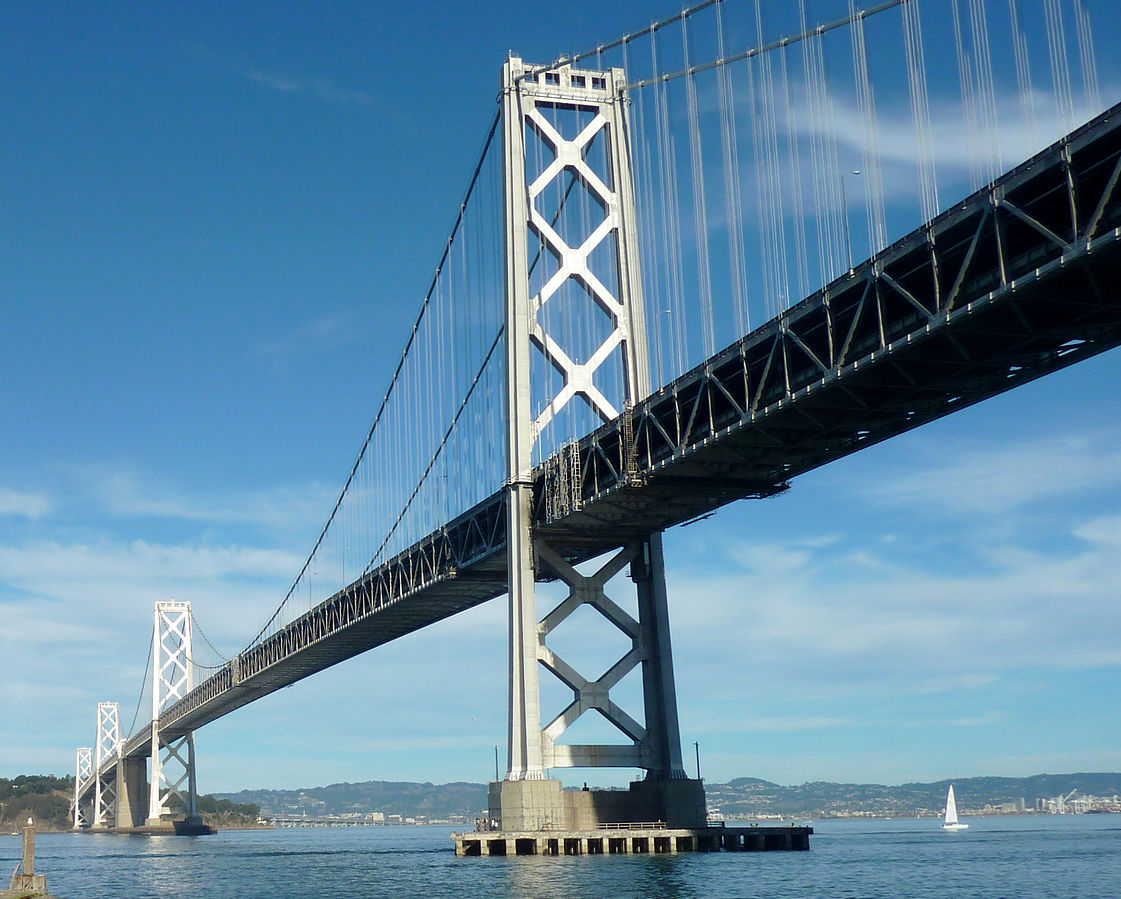The Global Infrastructure Hub estimates the world faces a $15 trillion gap between projected investment in infrastructure and the amount needed to adequately support infrastructure by 2040.
One might see that projection and think: “How can we close the gap?” But Norman Anderson, chairman and CEO of CG/LA Infrastructure, sees a different problem that goes far deeper than funding. He believes the tendency to focus more on individual systems, such as bridges, roads and airports, than the people who use them, is a fundamental flaw in the way we talk about infrastructure. In a 2017 survey by IPSOS, 37% of 1,500 Brazilian respondents said they view “health” as the priority of infrastructure investment, while 36% thought of mobility. Only 4% identified physical assets.
Anderson says this illustrates that “normal people” are more focused on the benefits of infrastructure than the infrastructure itself. He is not alone in his assessment. In December, the Brookings Institution published a two-part analysis that, among many things, stresses the need to reshape the discourse around US infrastructure needs and investments.
The report states: “Our national infrastructure discussions are largely fragmented by sector and federal budget categories. Taking a place-based and people-first approach will require an overhaul of how we engage communities around local infrastructure needs and priorities. No one needs a highway—they need to get to work or school. Re-centering conversations around needs, outcomes, and services rather than projects or assets—especially in this time of rapidly changing needs—is an essential first step.”
One of those evolving needs is transit, which endured a plethora of funding woes in 2020 as ridership plummeted during the coronavirus pandemic. Anderson believes many people still see public transportation as unsafe, despite research that suggests otherwise.
But if public transit is really as unsafe as the public thinks, why did voters across the US approve many major public transit measures on ballots in November? Paul Skoutelas, president and CEO of the American Public Transportation Association, said the outcome of the ballot measures represents a forward-thinking populace that sees saving public transit as critical to the environment and societal equity.
The incoming Biden administration is also expected to approach infrastructure with an eye toward sustainability and equity. A recent white paper from Bloomberg Intelligence concludes the administration could lay the foundation for a revolution in rail infrastructure. The analysis also acknowledges that many workers lack access to low-emission options for affordable, reliable public transportation, and notes the Biden administration “intends to allocate flexible federal investments with strong labor protection to help cities and towns install light-rail networks and improve existing transit and bus lines. Biden will also push investment in infrastructure for pedestrians, cyclists, and e-scooters and other micro-mobility vehicles.”
A successful deployment of that strategy would put the US in line with the UN’s “people-first” model for public-private infrastructure projects. The model, published in 2016, evaluates projects on five criteria:
- Increasing access and promoting equity
- Improving environmental sustainability
- Improving project economic effectiveness
- Ensuring replicability
- Engaging all stakeholders
But ultimately, according to Anderson, it all comes down to whether the US can reconcile the different needs of all stakeholders — builders, financers and politicians — that oversee infrastructure development, and come to a consensus on the purpose of what they’re doing.
“If I’m going to make investments that are 3% to 4% of GDP for 10 years, and those results are going to last for the next 40 or 50 years, and I’m going to be paying for those assets … what am I going to get?” Anderson asks. “And this weird answer of silence or a better highway, or buses that are cleaner — What does that even mean?”
